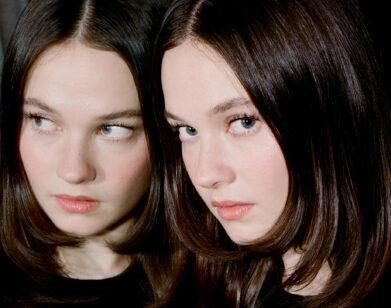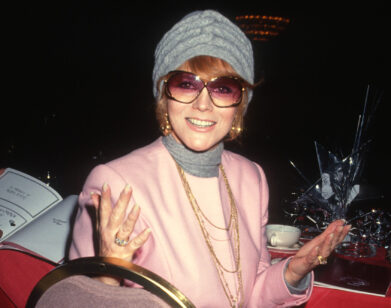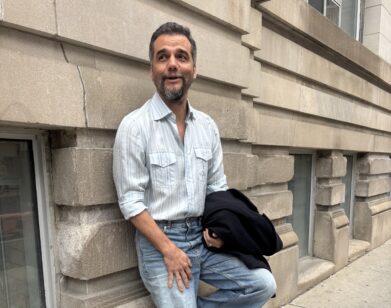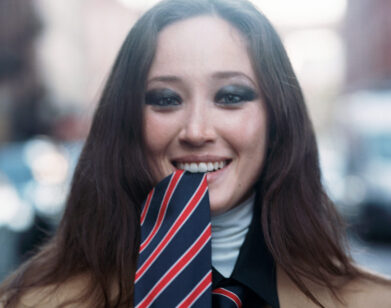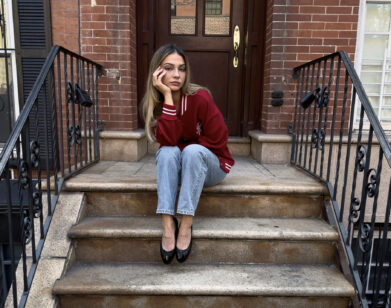Feature Presentation: Michel Auder
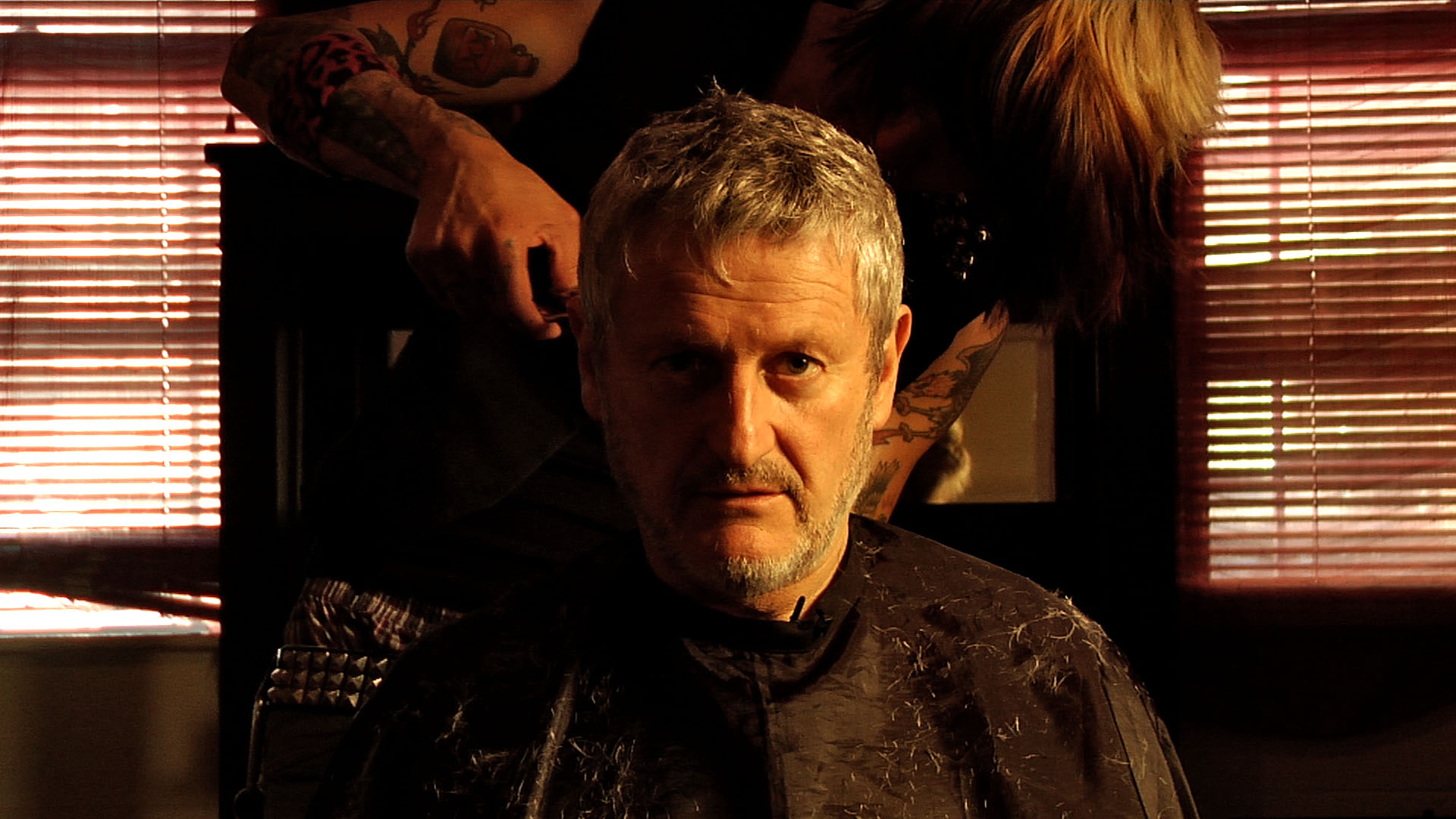
Michel Auder in The Feature.
If you had shot homemade footage obsessively for the last 40 years, perhaps your movie would be as exciting or as beautiful as that of artist and filmmaker Michel Auder’s. Then again, maybe not. Auder is the former husband of both “superstar” actress Viva of the Factory and photographer Cindy Sherman, which itself promises some memorable footage. With co-director Andrew Neel, he’s selected choice moments from the 5,000 hours of archival footage in order to create The Feature, a three-hour homage to his life—some of it fact, some of it fiction. Auder probably doesn’t know the difference. Narrating his life with his heavily French-accented English, Auder guides us through frolicking beach scenes, orgiastic sexual pursuits, and drug-fueled nights. Interview sits down with Auder to discuss how he made the film, his life in New York, and making movies without actors.
ADAM KLAPPHOLZ: You moved to New York more than thirty years ago?
MICHEL AUDER: 1970, so thirty-eight years. I don’t even remember; it was too long ago. I started to make films in France, and I was always obsessed with America, but I came here by accident. I made a film in France with Viva, who became my wife, who was an Andy Warhol superstar. I met her in Paris, and I had a little money to make a film called Keeping Busy. She was starring in it with another Warhol star that she introduced me to, who was Louis Waldon, who is also in my film now, forty years later. I came to New York and then I got some money to make another film called Cleopatra. Suddenly, we were married, and then suddenly we had a baby. We were living in the Chelsea Hotel, and then things happened, and I’m still here.
AK: Did you got to the Factory a lot?
MA: I was on the outside observing, and visiting the Factory every once in a while, but I never worked with Andy or was in his films. He was around a lot because he was the confidant—he and my ex-wife Viva talked to each other every day. Until 1971/72, we were going out, dinners, stuff like this. People have a tendency to think I was part of Warhol’s Factory—I never was. I’ve always been independent.
AK: You began filming in the 60s, when camcorders were just being developed. What prompted you to start documenting your life?
MA: I didn’t document my life. I see the world as my set and people as my actors. Rather than make films in Hollywood and hire those people and think about a scene, I figured I could do it with real people—somebody crying, somebody fucking, somebody laughing, somebody dying.
AK: You edited 5,000 hours of footage to three hours for The Feature. How did you even begin to edit that much footage?
MA: It’s not really editing down 5,000 hours of video. I shoot a lot of stuff that people do but then they erase, or they don’t want to show it. And I kept those things. But it’s not really editing 5,000 hours down into three hours. It’s actually creating a new work taken out of those hours. Some of it I missed because you can’t go through 5,000 hours, and so I just started to improvise.
AK: You referred to The Feature as “The Trailer” because you have a full eight-hour version. What’s missing in the three-hour version?
MA: Most of my work is okay to look at on a TV screen or a flat screen, but this is actually much better in a theatre. First we made a twelve-hour version. Then we made a seven-hour version, or eight-hour version. We tried to cut it to an hour and a half, but then we decided it would ruin everything to have an MTV thing of a trailer and not have any feeling about it or anything. It came to be three hours. Which wasn’t planned.
AK: Of the remaining three hours, is there a particular moment in the film that you like the most?
MA: When people ask me what’s the best thing I like, my head starts scrambling and I just can’t think of anything. Depending on the day, I might say this or that. I really don’t have any specific thing that I like better than others.
AK: Three hours is still long. How have audiences responded?
MA: Well, it was chosen by the Berlin Film Festival, and London, and Copenhagen. I didn’t make a film to attract a large audience. If I wanted to, I probably could make a film out of all those hours and rework that would attract large audiences. It’s possible to make it.
AK: Is there anything in particular you want the audience to take away from The Feature?
MA: If you’re not perfect, you may be able to feel things, as you see my film. You may be able to feel things that have stressed your life and made you happy and stuff like this. So, the film is a film that’s pretty complete, and so I don’t know. I have to say that many people talk to me about it and seem to be emotionally connected to it in many ways.
The Feature just wrapped a run at New York’s Anthology Film Archives. The film will show again at MoMA on April 20, as part of the “Modern Mondays” screening series.

